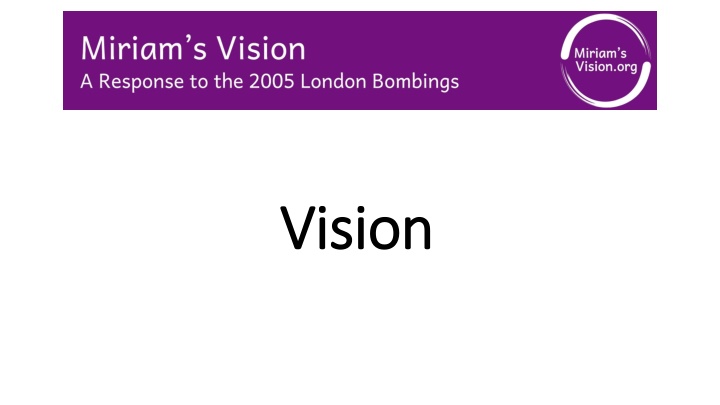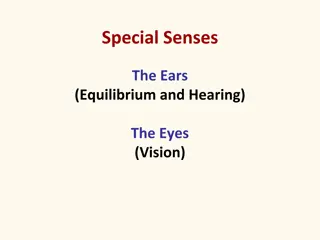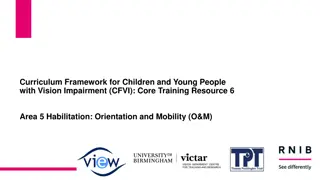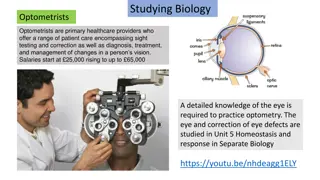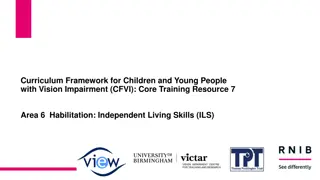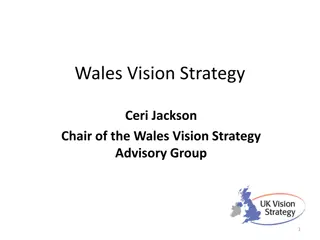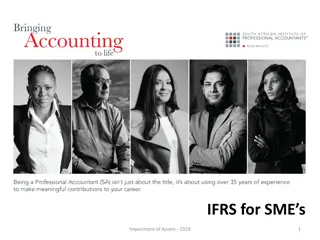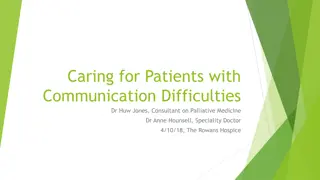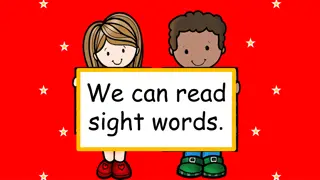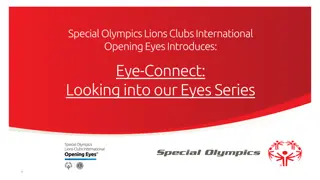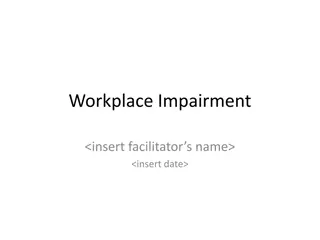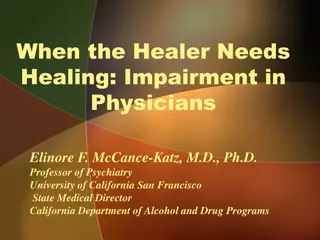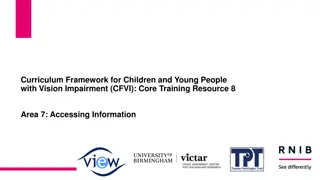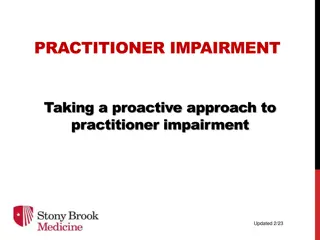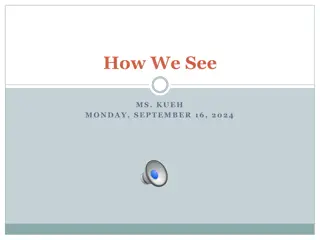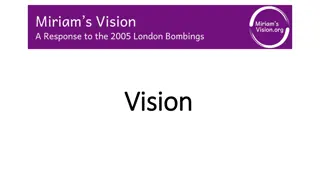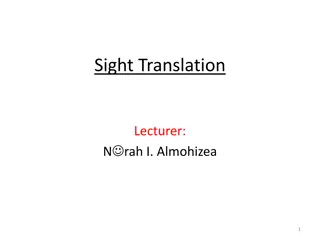Insights on Vision: Understanding Eyes, Sight, and Impairment
Eye-related information covering vision, definitions, facts about eyes, how the eyes work, impairments, and considerations for visually impaired individuals. Explore the complexity of the human eye, vision impairments, and the importance of eye care.
Download Presentation

Please find below an Image/Link to download the presentation.
The content on the website is provided AS IS for your information and personal use only. It may not be sold, licensed, or shared on other websites without obtaining consent from the author.If you encounter any issues during the download, it is possible that the publisher has removed the file from their server.
You are allowed to download the files provided on this website for personal or commercial use, subject to the condition that they are used lawfully. All files are the property of their respective owners.
The content on the website is provided AS IS for your information and personal use only. It may not be sold, licensed, or shared on other websites without obtaining consent from the author.
E N D
Presentation Transcript
Vision Vision
Vision: Definitions The ability to see: Sight or eyesight. A clear idea about what should happen, or be done, in the future. Something that you imagine: A picture that you see in your mind. A lovely sight. The picture that is shown on a screen. Source: http://www.learnersdictionary.com/definition/vision
Some facts about eyes Some facts about eyes The human eye has more than 2 million working parts. Apart from the brain, the eye is the most complex human organ. 60% of the information to our brains is through our eyes. 80% of what we learn is through our eyes. 80% of our memories are determined by what we see. Can you summarise?
Look at the diagram of the eye Look at the diagram of the eye Light enters the eye through the cornea, then the lens and optic nerve to the brain. See MV Vision 1.2 The Human Eye
Here is a clip explaining how our eyes work Here is a clip explaining how our eyes work The Human Eye BBC Bitesize https://www.bbc.com/education/clips/z77gkqt
Some facts about vision impairment Some facts about vision impairment "Low vision (or visual impairment) is when your sight can't be corrected with glasses or contact lenses, or by any medical or surgical treatment." (Source: https://www.nhs.uk/live-well/healthy- body/living-with-low-vision/) More than 250 million people live with vision impairment globally: 40 million are blind and 210 million have moderate to severe vision impairment. Around 20 million children are visually impaired. Of those, 12 million are long- or short-sighted. Around 1.5 million children have irreversible blindness. They need rehabilitation, which means help with practical matters. 80% of vision impairment worldwide is avoidable or treatable.
Who is visually impaired? Who is visually impaired? Are you visually impaired? If yes, in what way(s)? What would you do if you didn t have access to eye care services? Do you know anyone who is visually impaired? Who? What kind of visual impairment do they have? What is helpful? How? Can you summarise?
Activity 1: Feel and describe Activity 1: Feel and describe Close your eyes. Describe this experience, without your sense of vision? Open your eyes again! What experiences have you had that would be different without your sense of vision? From time to time during the next few days, when it is safe, take a moment to close your eyes and notice how that experience would be without your sense of vision.
Activity 2: Identify objects Activity 2: Identify objects Put on a blindfold and identify some objects Describe your experience
Activity 3: Identify smells Activity 3: Identify smells Put on a blindfold and identify some smells Describe your experience
Activity 4: Identify flavours Activity 4: Identify flavours Put on a blindfold and identify some flavours Describe your experience
Activity 5: Follow the leader Activity 5: Follow the leader Lead your blindfolded partner around. Swap places. Describe the experience of getting around blindfolded.
Miriam Hyman was on her way to work as a picture researcher when she was killed in the 7/7 London bombings on 7thJuly 2005. Miriam discovered she was short-sighted when she was a teenager. She loved art and nature so her eye care services were especially important to her.
The Miriam Hyman Children's Eye Care Centre (MHCECC) is Miriams memorial in India. It is in the L V Prasad Eye Institute.
The Miriam Hyman Childrens Eye Care Centre The Miriam Hyman Children s Eye Care Centre Watch: Miriam Hyman Memorial Trust Miriam s Vision https://youtu.be/UdT0r8I0F80 Miriam s Story Part 1 https://youtu.be/8IXYWDPCW_Y Miriam s Story Part 2 https://youtu.be/AirP7r0SkAw Miriam s Story Part 3 https://youtu.be/EFXPzNuvEqA Miriam s Story Part 4 https://youtu.be/9hpDsVAJFOA 10 years of Miriam Hyman Children s Eye Care Centre https://youtu.be/pzqFyAAgr9s Look at these websites: The Miriam Hyman Memorial Trust http://www.miriam-hyman.com/ Miriam s Vision: A Response to the 2005 London Bombings http://miriamsvision.org/
Answer: Answer: Who was Miriam Hyman? What happened to her? What is the Miriam Hyman Memorial Trust? What is the Miriam Hyman Children s Eye Care Centre? Who does it help? How does the MHCECC help people? What is Miriam s Vision? Who does it help? How does Miriam s Vision help people?
Do you share Miriams vision? Do you share Miriam s vision? What would Miriam s vision of the future be? Do you share Miriam s vision of the future? How can you help?
Sources Sources and links and links http://www.lvpei.org/home The L V Prasad Eye Institute http://www.who.int/blindness/en/ The World Health Organization http://www.who.int/en/news-room/fact-sheets/detail/blindness- and-visual-impairment WHO visual impairment facts https://www.rnib.org.uk/ The Royal National Institute for the Blind https://discoveryeye.org/20-facts-about-the-amazing-eye/ The Discovery Eye Foundation What other links can you find?
